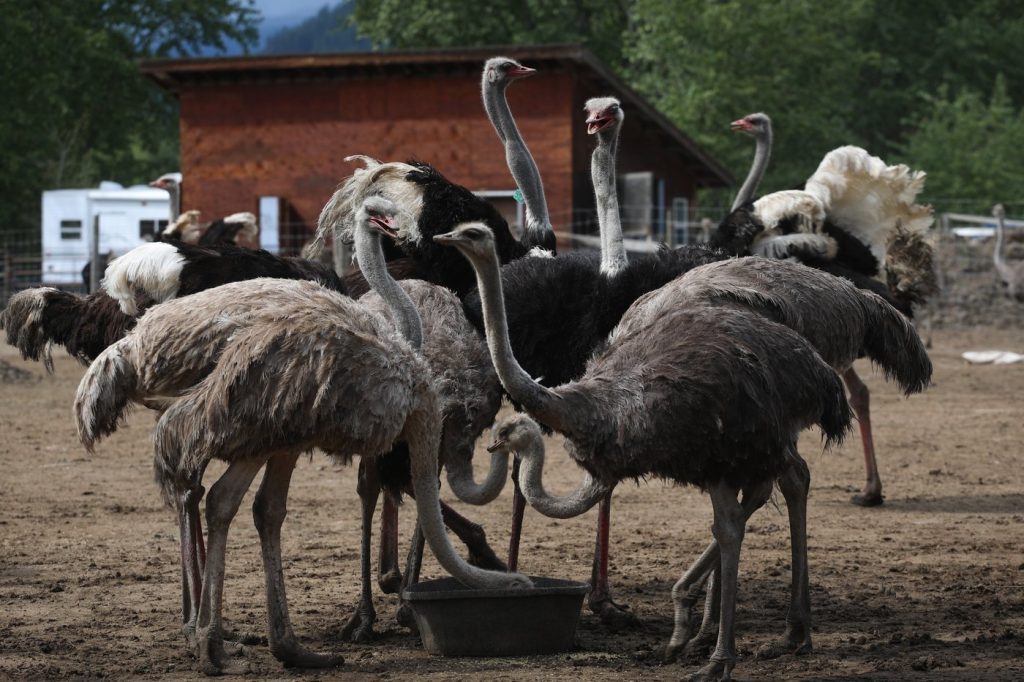
Introduction: Understanding the Importance of Ostrich Farming
Ostrich farming is gaining traction in British Columbia as a unique agricultural venture. With the growing interest in sustainable farming practices and alternative livestock options, ostrich farms present an intriguing opportunity for both new and seasoned farmers. Beyond their novelty, ostriches are known for producing high-quality meat, eggs, and valuable feathers, making them an economically viable choice in the contemporary farming landscape.
The Rise of Ostrich Farms in BC
The interest in ostrich farming has surged in recent years, with several farms sprouting across BC, including areas like the Okanagan and the Fraser Valley. According to the BC Ministry of Agriculture, there are approximately 10 active ostrich farms in the province, each contributing to local economies by providing not just meat, but also leather, feathers, and tourism opportunities. Farmers like David Klein, who operates «Klein’s Ostrich Ranch» in the Okanagan, report that running an ostrich farm can be both rewarding and profitable.
Ostriches are particularly appealing due to their low environmental impact compared to traditional livestock such as cattle and pigs. They consume less feed per pound of meat produced and require less water, making them an environmentally sustainable choice for future food production. Additionally, their unique characteristics and large size attract visitors, further adding to the economic viability of these farms.
The Benefits and Challenges of Ostrich Farming
One of the primary benefits of ostrich farming is the potential for diversification within the agricultural sector. Meat from ostrich is lower in fat and cholesterol compared to traditional meats, appealing to health-conscious consumers. Furthermore, ostrich leather is highly sought after in the fashion industry, fetching premium prices.
However, prospective ostrich farmers face challenges, including regulatory hurdles, the initial cost of establishing a farm, and the need for specialized knowledge in husbandry practices. This has led to calls for better resources and training programs for new farmers to facilitate the growth of the industry.
Conclusion: Future Prospects for Ostrich Farming in BC
The future of ostrich farming in British Columbia appears promising, with increasing consumer interest in sustainably sourced protein and local agricultural products. As more farmers consider ostriches as a viable livestock option, industry associations and government support will play crucial roles in fostering growth. By addressing challenges and promoting the benefits of ostrich farming, BC could see a significant expansion in this unique agricultural niche, providing both economic opportunities and contributing to local food security.



